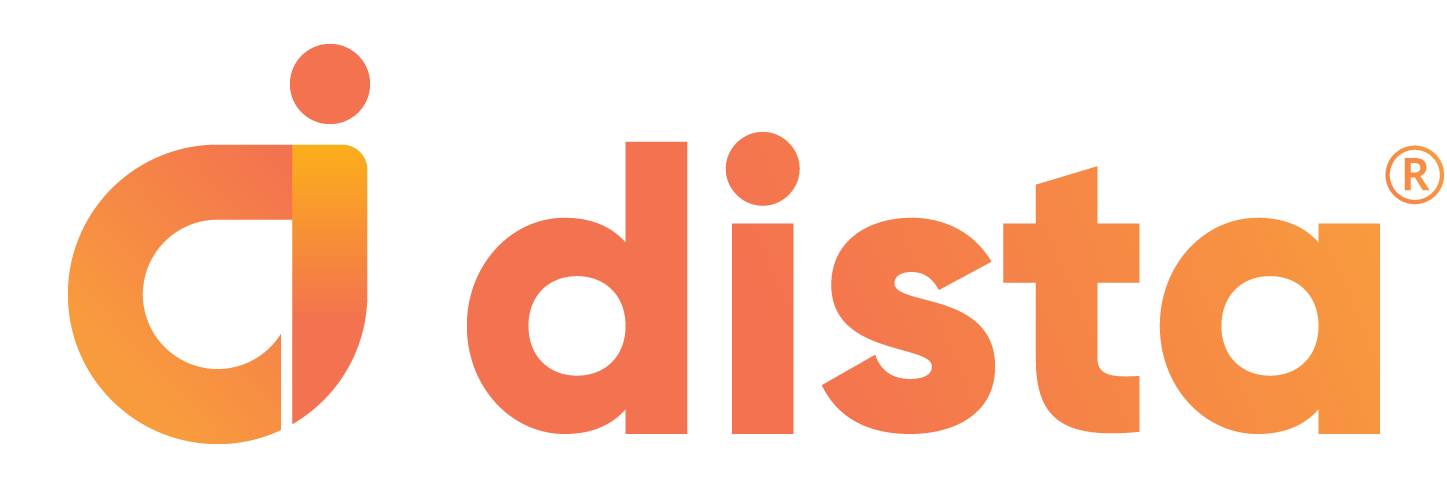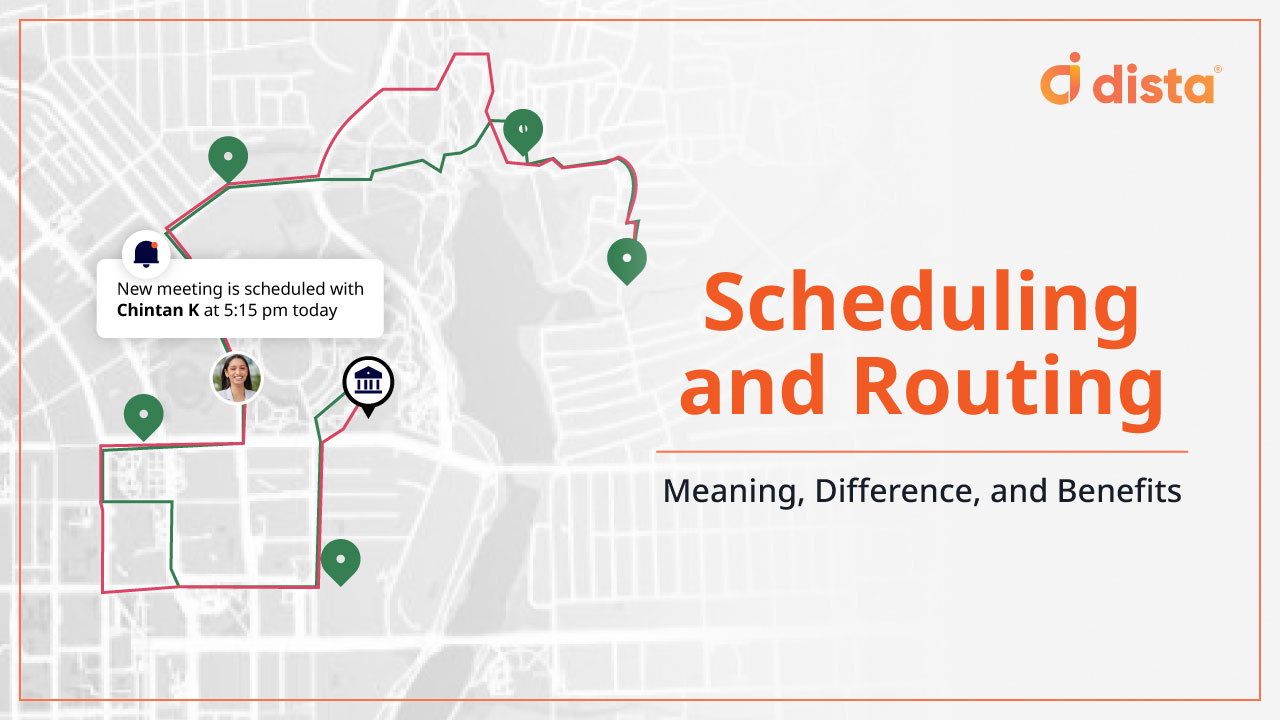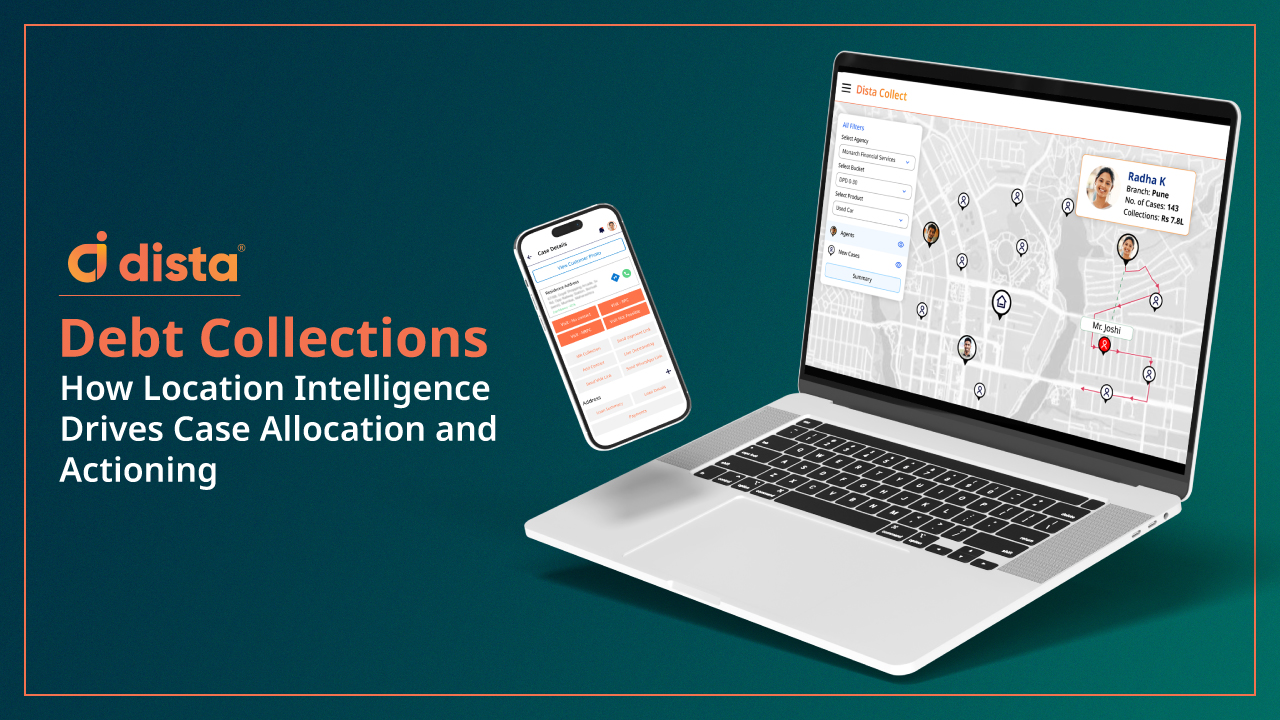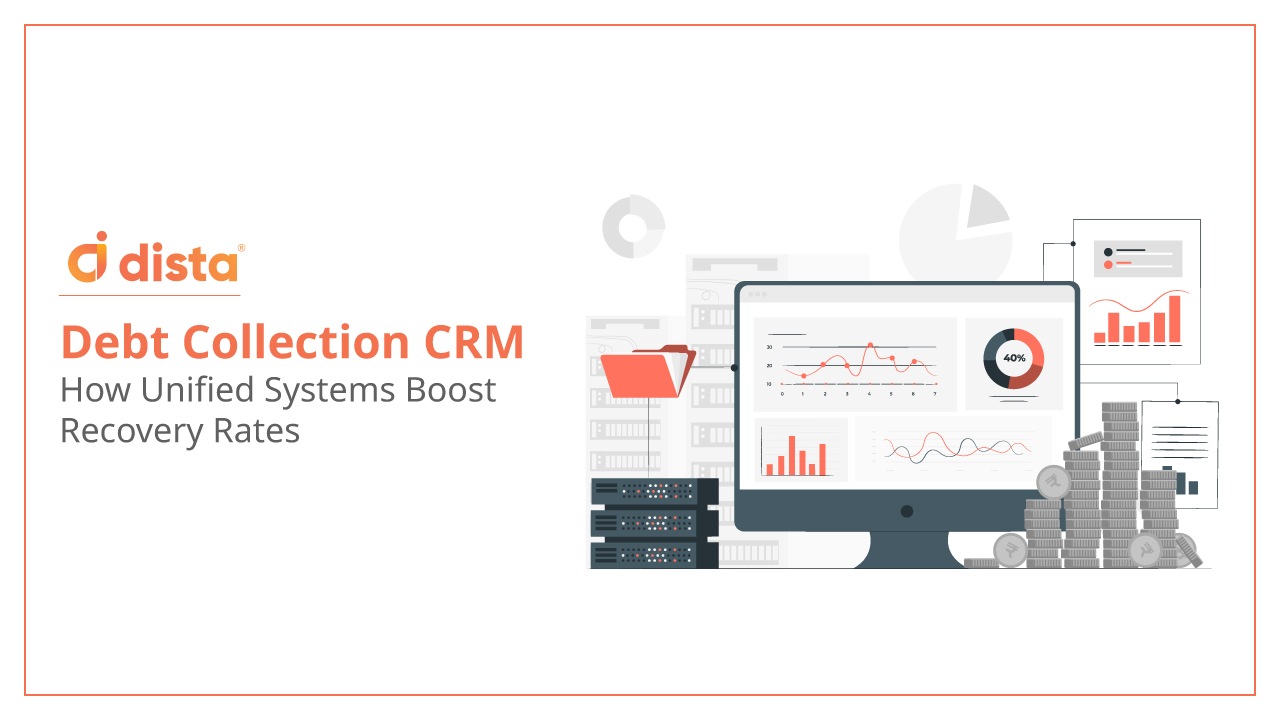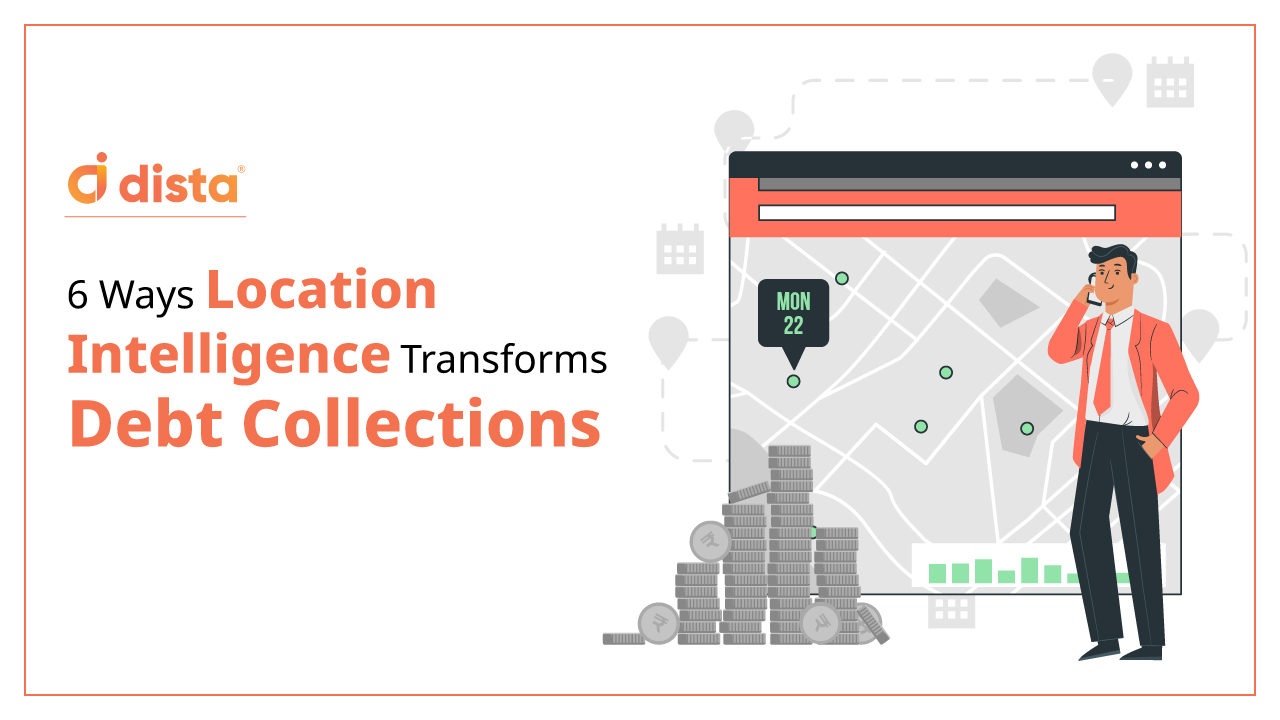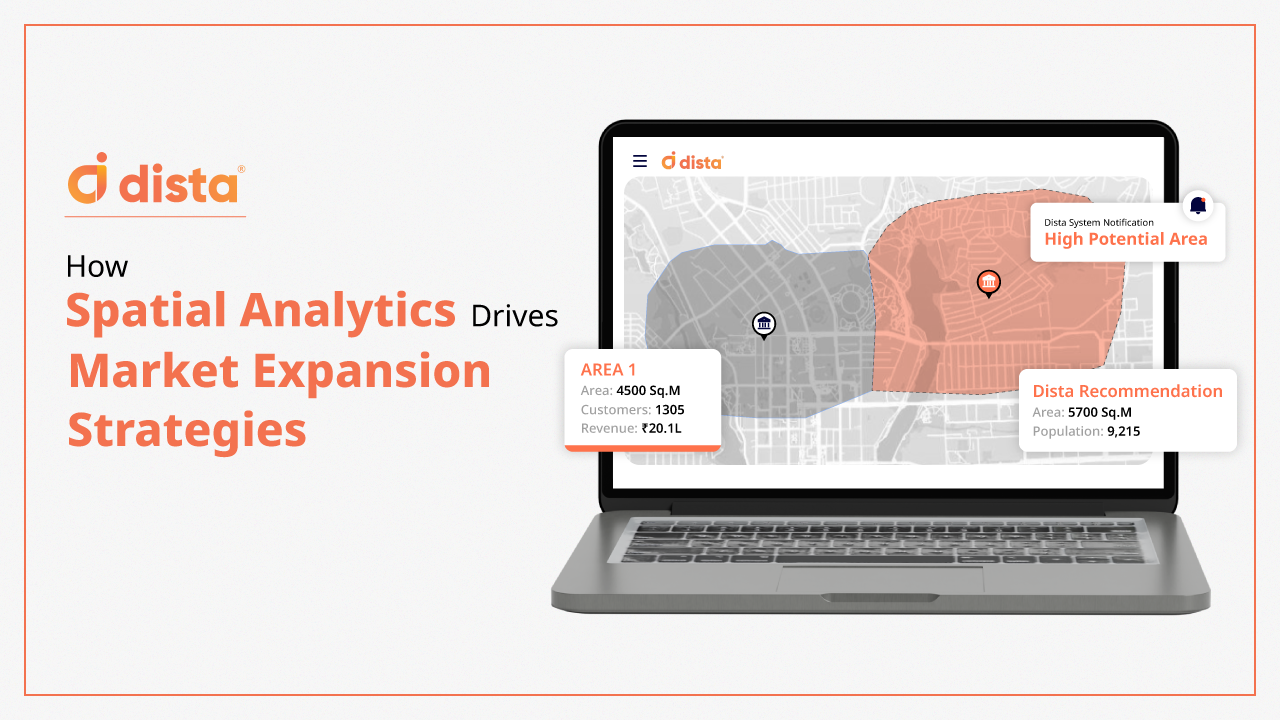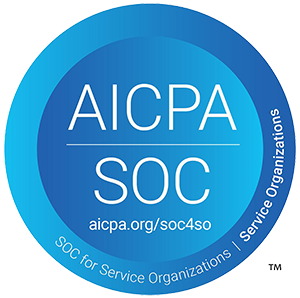Optimizing scheduling and route planning are essential for enterprises orchestrating fieldreps, service technicians, and delivery agents. Manual scheduling of jobs results in ineffective assignment, delays, and poor customer experience.
Let’s understand how a comprehensive scheduling and route planning software can help businesses.
- Optimize field operations and improve productivity
- Ensure optimal distribution of orders to available vehicles
- Craft beat plan for field agents and delivery riders
- Identify optimal routes
What is Scheduling and Route Planning?
We work hard on maintaining and optimizing our daily schedules in our personal lives without even realizing it, the process is core to our DNA. In a business context, scheduling refers to aligning a field agent with leads that best match strategic business goals, while route planning determines the most optimal path to achieve this.
Businesses can use scheduling and route planning on an individual-basis or for company-wide priority tasks, meetings, or deliveries.
A business with delivery operations can significantly reduce costs and enhance efficiency by minimizing the distance traveled while maximizing deliveries and ensuring a streamlined delivery process.
Scheduling and route planning strategies are easy to apply once you understand how they work. Organizations can choose a forward or backward scheduling strategy based on their current mode of operation or both in some cases.

Benefits of Scheduling and Route Planning
1. Service Reliability
Routing determines the fastest and most efficient paths, reducing delays and improving customer reliance and confidence.
2. High SLA Compliances
Scheduling and route planning assigns tasks based on urgency and resource availability, ensuring commitments are met on time.
3. Reduced Operational Costs
An optimal plan eliminates unnecessary detours and idle time, lowering fuel consumption and maintenance expenses.
4. Improved Customer Satisfaction
Ensures timely and consistent service, leading to higher trust and positive customer experiences.
5. Increased Revenue
Reduces operational inefficiencies while maximizing service capacity, leading to higher profitability.
6. Engaged Workforce
Creates balanced schedules, reducing workload stress and enhancing job satisfaction for field agents.
7. Increased Overall Process Efficiency
Automates task allocation and route selection, streamlining operations and improving productivity.
Difference Between Routing and Scheduling
Scheduling can be defined as the method to plan time intervals for delivery executives to make assigned deliveries. Whereas, routing refers to mapping routes for delivery agents or field agents to ensure t successful deliveries. The idea is to use routes that are shortest and fastest.
Looking at each the functions closely will give us a better idea of the difference:
- Collating all delivery or service requests, determining how many vehicles or staff members you would need to address these, and assigning them to agents at specific time intervals is scheduling.
- Scheduling is imperative to ensure your field operations are systematically and scientifically planned and executed. It precedes routing and is necessary to manage workloads and staffing needs.
- Routing or route planning maps out optimum routes for delivery based on your scheduling. The quickest or shortest paths will ensure delivery times and customer delight.
- Routing is crucial when you need to plan for vehicle capacities, transportation costs, and time.
5 Steps to Optimize Schedule and Route Planning
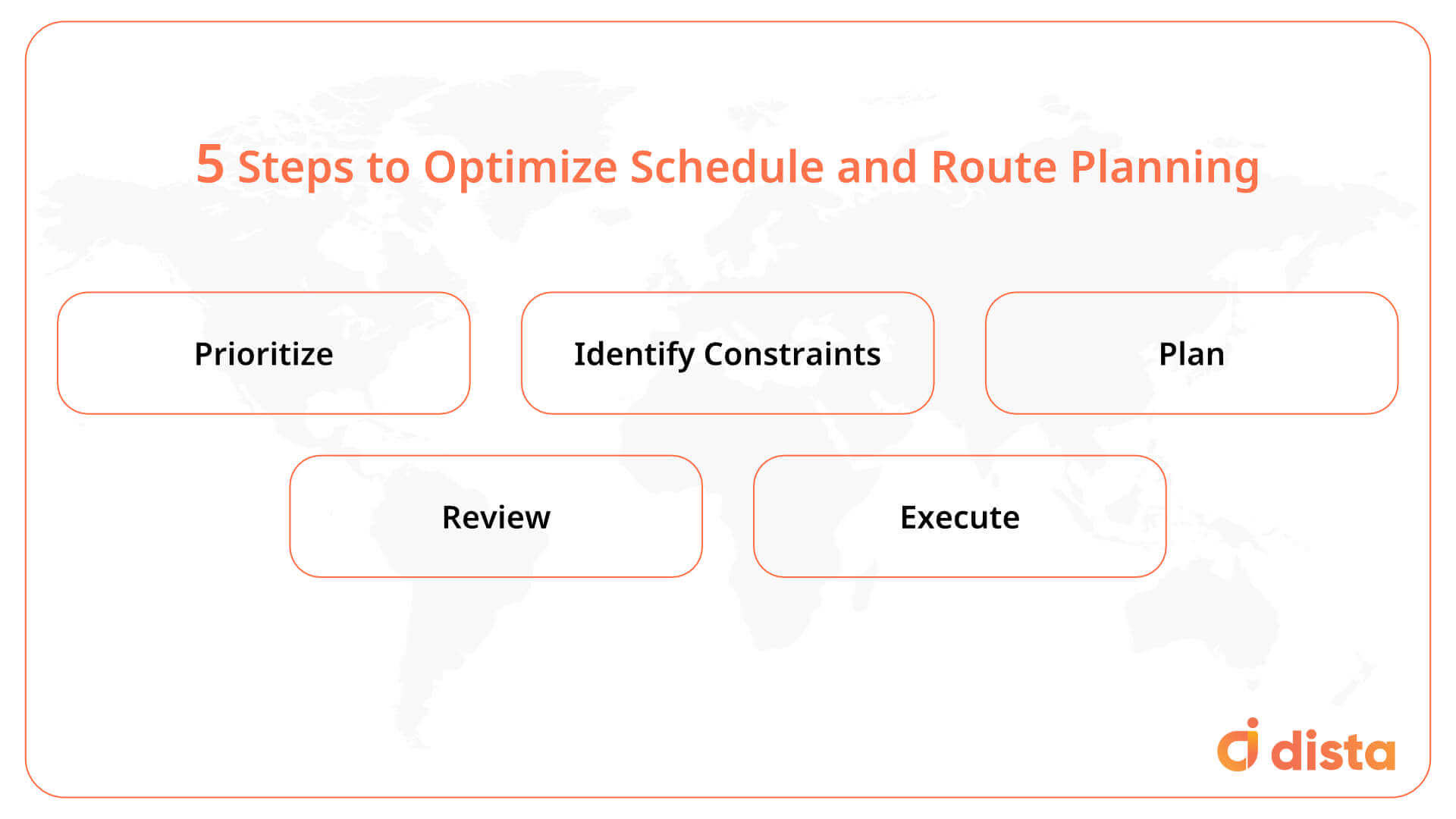
1. Prioritize
Before starting to think about scheduling and routing, we need to set a target. It can either be cost savings on deliveries, wanting to improve the delivery timeline. It’s better to have one goal at a time for better results. In some cases, you can aim for more than one target simultaneously.
2. Identify constraints or variables
It is essential to factor in multiple variables we might get during the execution.
- What are the urgent tasks?
- Do we need a particular skill to complete the job?
- What is the capacity we can consider?
- Can we group a few of the tasks?
All the above questions will be your constraints while you plan your schedule. We also need to segregate our constraints into resource constraints and task constraints.
3. Plan
While starting the planning exercise, it is essential to concentrate on priority tasks first to help move one step closer to the target. Once you have planned all the critical tasks, you should consider the remaining and segregate them into urgent vs. low-priority tasks. Repeat this till you complete all your tasks.
4. Review
Several real-time constraints can pop up when you start your day as per the optimized schedule. A classic example of a delivery use case could be one of the delivery agents is on emergency leave. To meet all SLAs, we need to replicate the same schedules and optimize with the current resources at your disposal.
The review is one of the most critical steps in scheduling and route optimization because a lot can change real-world dynamics.
5. Execute
Send the optimized schedule to your resources and feel the power of optimized workflow.
How Dista Helps With Scheduling and Route Planning
At Dista, we help organizations with optimized deliveries, reverse pickups, sales, and services for their mobile workforce. This includes use cases from industries like logistics, food and beverage, quick service restaurants (QSR), ride-hailing, pharmaceuticals, e-commerce, retail, CPG, FMCG, telecom, banking, insurance, and other financial institutes.
Here’s a step-by-step breakdown of how Dista helps businesses with their scheduling and route planning.
1. Priorities
Dista helps businesses in achieving key targets like:
- Reduce overall cost
- Variable workforce management
- Increase revenue
- Workload management
- Saving time
2. Identify constraints and variables
Businesses need to upload (API integrations) in the order master into the Dista platform with all the mobile workforce’s input constraints, capacity, and skills. You can also add service or delivery level constraints or specifications that can be used instantly or at any event trigger. Dista is a highly customizable platform, and we can add 100+ business constraints that suit your business requirements.
3. Plan
With Dista, you can get the optimized schedule with a planned route for a day, week, month, or year, depending on how far you want to plan your workforce.
Our robust system offers a job timeline view to make it easy for you to see which mobile workforce is on what schedule on which day of the week. With the asset timeline drag and drop feature, you can rebalance the workload if anyone is on emergency leave.
Dista also has a summary view to show the status of jobs in real-time. The contextual Nudges framework by Dista, along with the notification framework, helps send nudges to the mobile workforce for any missed SLAs or deadlines.
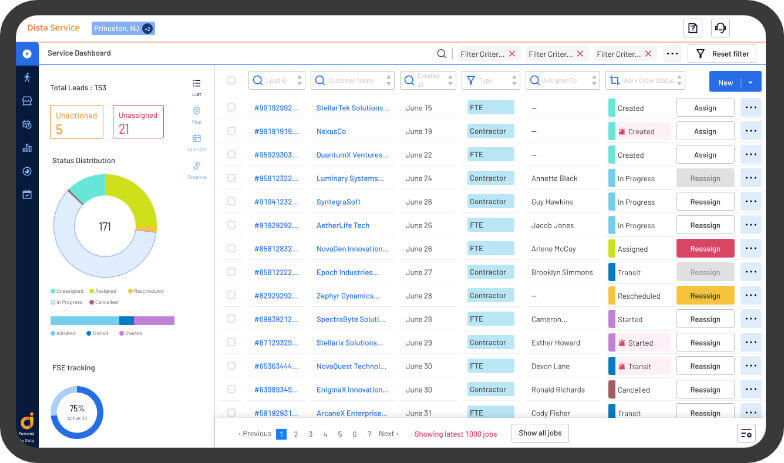
4. Review
After you have generated your plan, you can view the schedule and make changes as and when needed, with manual override, or change constraints and rerun the optimization and compare the two plans. Dista helps dispatchers or fleet managers modify the time and day when you need an additional mobile workforce to complete the order volumes and vice versa.
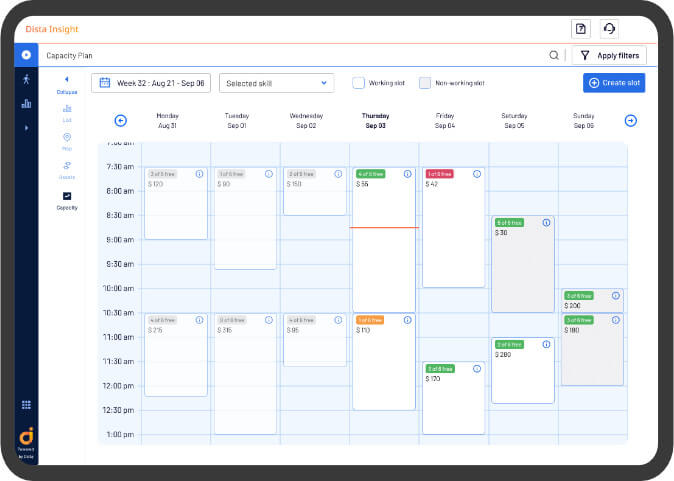
5. Execute
Dista will automatically share the jobs to the respective mobile workforce through the Dista mobile application (iOS and Android). Jobs are displayed in a sequence, and any workflow can be added with the jobs to be filled at the time of delivery. If you want to make changes after the job has been assigned to your mobile workforce, we help you with dynamic scheduling and load balancing.
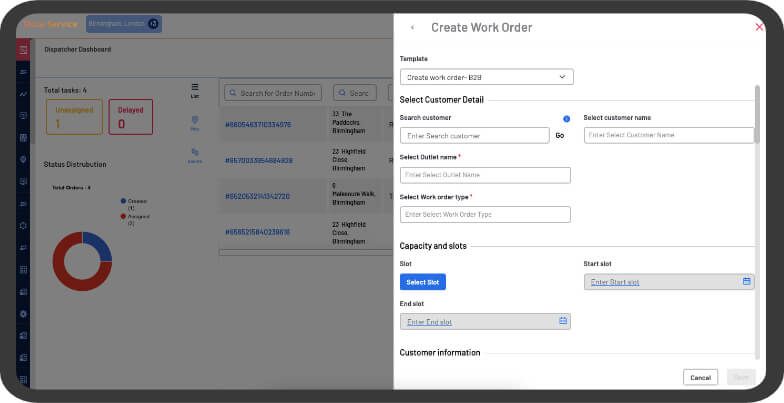
Looking to streamline and automate your scheduling and route planning? Get in touch with us for a quick demo.
